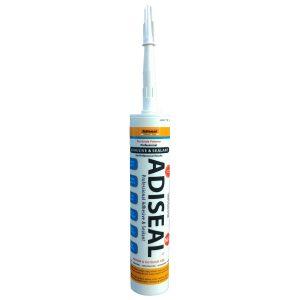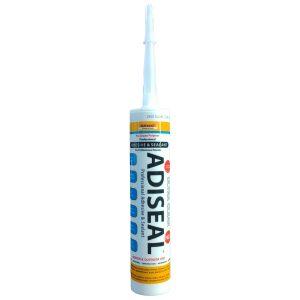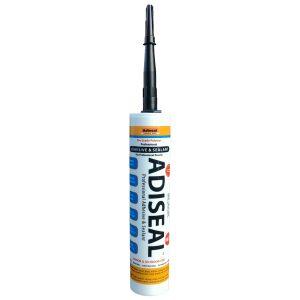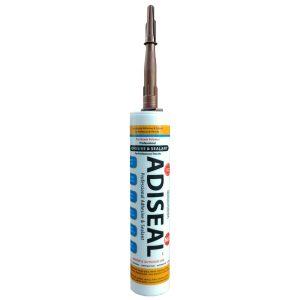Underwater Caulk
Underwater Caulk: Ultimate Solution for Submerged Sealant Needs
Underwater caulk is a specialized sealant designed to provide effective sealing and bonding solutions in submerged environments. In this article, we will explore the world of underwater caulk, its unique properties, applications, and benefits. Discover how this remarkable sealant ensures watertight seals and protects against water intrusion in underwater projects.

The Power of Underwater Caulk
1. Watertight Sealing Abilities:
– Underwater caulk exhibits exceptional sealing properties, preventing water penetration and protecting against leaks in submerged applications.
– Its unique formulation ensures a durable and waterproof seal, making it ideal for underwater repairs and installations.
2. Versatility and Applications:
– This caulk finds extensive use in various underwater projects, catering to a wide range of industries and applications.
– It is commonly utilized in swimming pools, aquariums, marine structures, and other submerged environments.
Benefits and Features
1. Waterproof and Water-Resistant:
– Underwater caulk is specifically engineered to withstand constant exposure to water and moisture.
– It forms a waterproof barrier, effectively sealing gaps, cracks, and joints in underwater structures.
2. Excellent Adhesion:
– The caulk offers strong adhesion to various substrates, including concrete, metal, and fiberglass.
– It ensures a secure bond, providing long-lasting protection against water infiltration.
3. Flexibility and Durability:
– Underwater caulk exhibits flexibility, allowing for expansion and contraction of the sealed materials in response to temperature and pressure changes.
– It maintains its integrity and sealing capabilities over time, even in dynamic underwater conditions.
4. Chemical and UV Resistance:
– The caulk is resistant to chemicals, including chlorine and saltwater, commonly found in swimming pools and marine environments.
– It also withstands the damaging effects of UV radiation, ensuring long-term performance and color stability.
Best Practices for Application
1. Surface Preparation:
– Thoroughly clean and dry the surfaces to be caulked, removing any dirt, debris, or loose materials.
– Ensure the surfaces are smooth and free from grease or oil to promote optimal adhesion.
2. Application Techniques:
– Use a caulking gun or specialized dispensing tool to apply the underwater caulk.
– Apply an even and continuous bead along the desired areas, ensuring full coverage of the gaps or joints.
3. Curing and Drying Time:
– Allow the caulk to cure as per the manufacturer’s instructions, ensuring sufficient drying time before exposing it to water.
– Follow the recommended cure time to achieve the best sealing and bonding results.
Conclusion
Underwater caulk is an invaluable solution for achieving watertight seals and preventing water intrusion in submerged applications. With its waterproof properties, excellent adhesion, and flexibility, it provides long-lasting protection and durability in challenging underwater environments. Whether you’re sealing a swimming pool, repairing a marine structure, or installing an aquarium, underwater caulk delivers the reliability and performance needed for successful underwater projects. By following proper surface preparation and application techniques, you can harness the power of underwater caulk and ensure secure and lasting seals in any underwater application.
Showing all 5 resultsSorted by popularity




